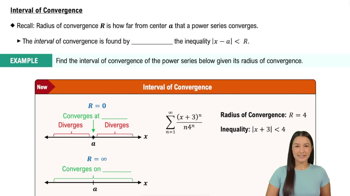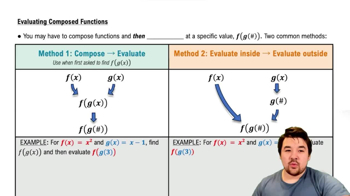15-18. {Use of Tech} Midpoint Rule approximations. Find the indicated Midpoint Rule approximations to the following integrals.
15. ∫(2 to 10) 2x² dx using n = 1, 2, and 4 subintervals
 Verified step by step guidance
Verified step by step guidance Verified video answer for a similar problem:
Verified video answer for a similar problem:

